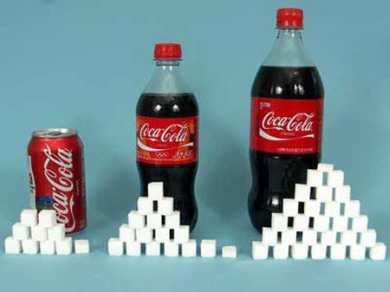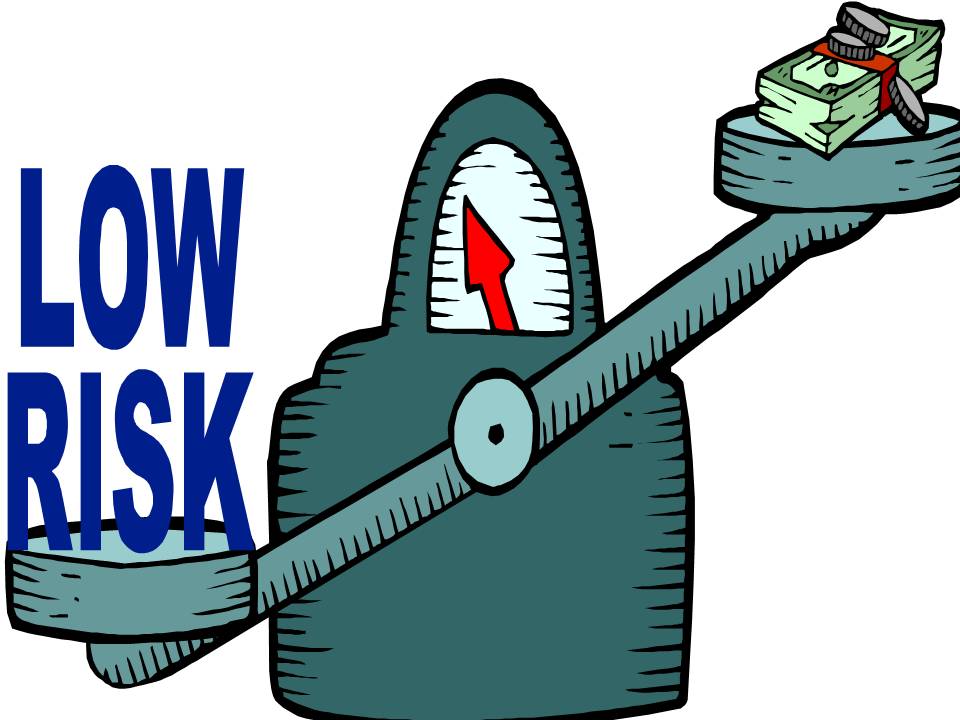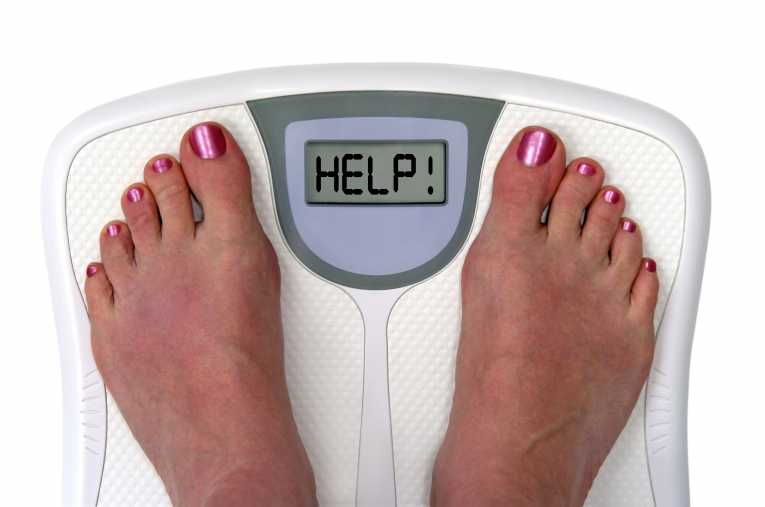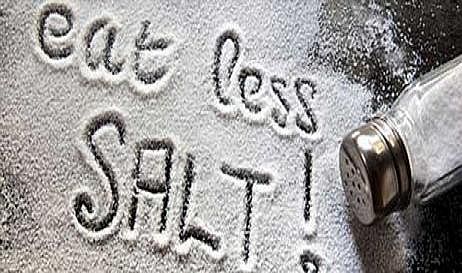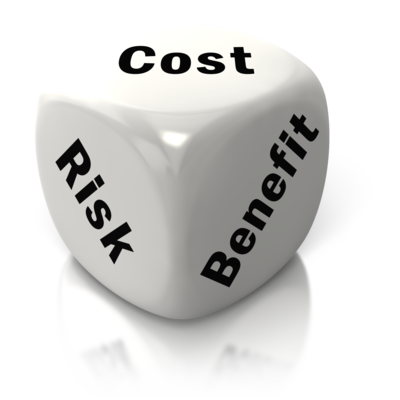 Before you complain about punching the time clock, read this list for some perspective. Maybe the coffee stinks and you don’t like your boss, but at least the threat of death or injury isn’t perpetually hanging over your head. The order may change from year to year, but these are typically the most dangerous jobs in America.
Before you complain about punching the time clock, read this list for some perspective. Maybe the coffee stinks and you don’t like your boss, but at least the threat of death or injury isn’t perpetually hanging over your head. The order may change from year to year, but these are typically the most dangerous jobs in America.
1. Logger
2. Pilot
3. Fisher
4. Iron/Steel Worker
5. Garbage Collector
6. Farmer/Rancher
7. Roofer
8. Electrical Power Installer/Repairer
9. Sales, Delivery, and Other Truck Driver
10. Taxi Driver/Chauffeur

